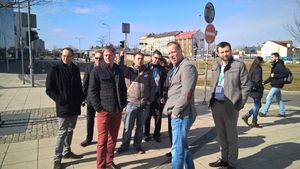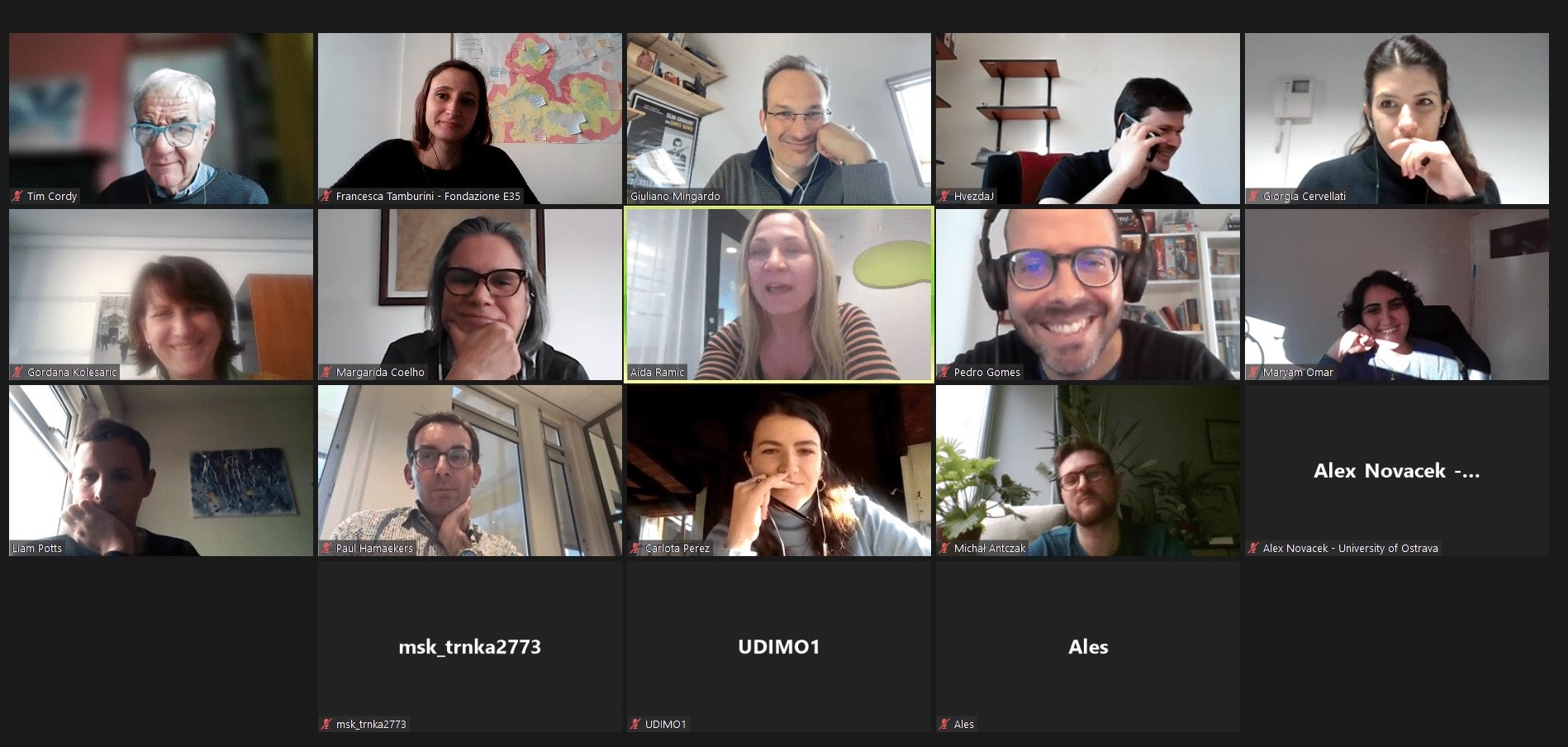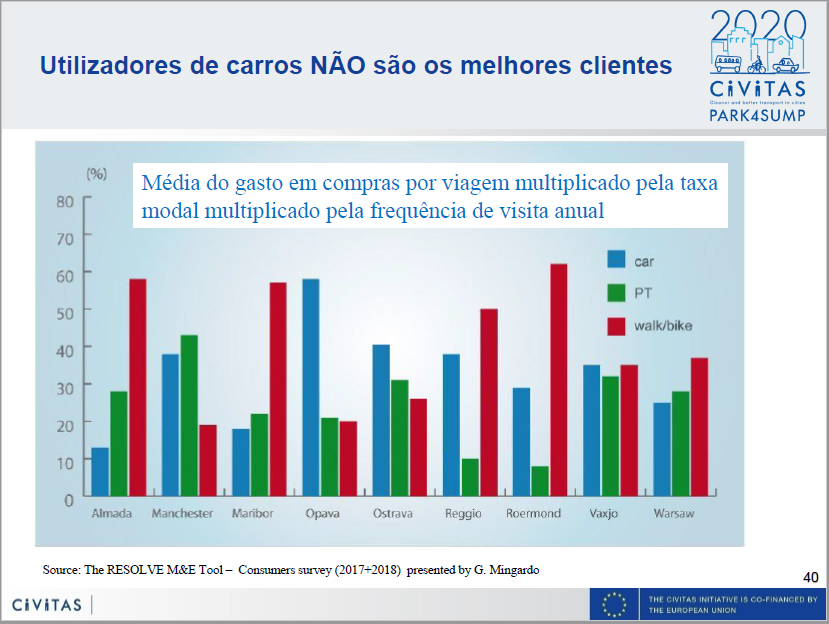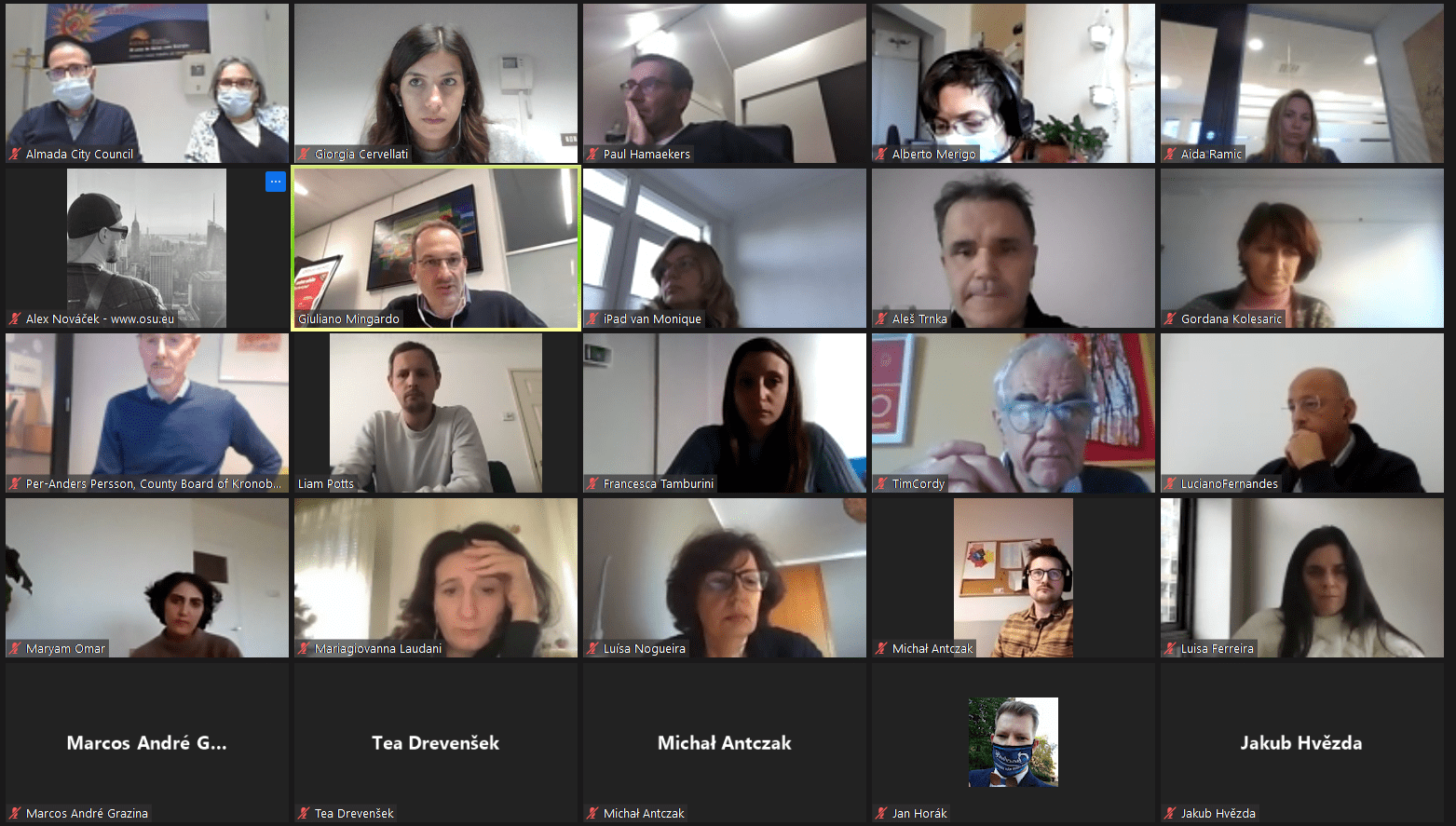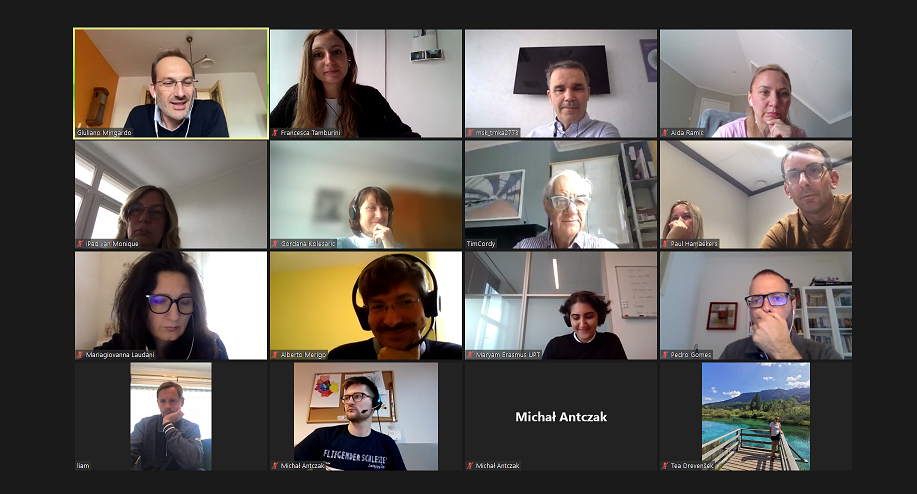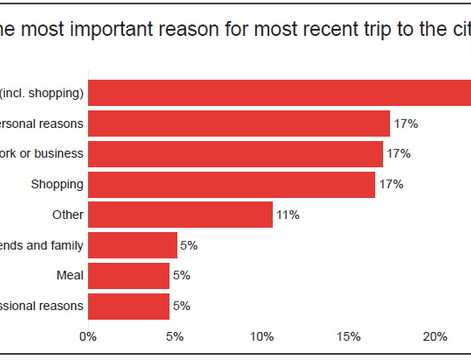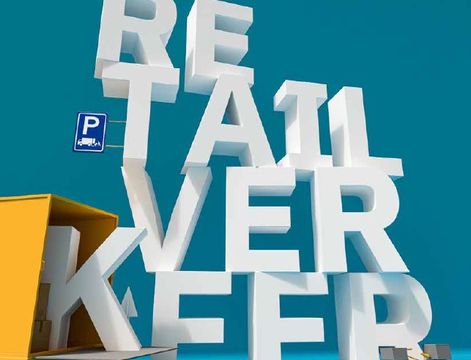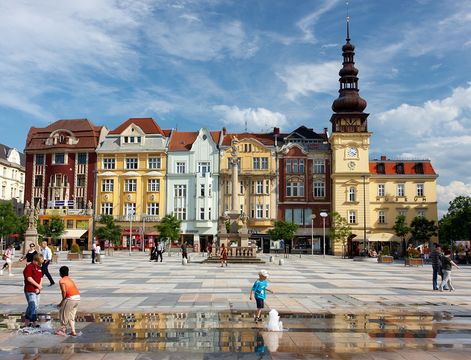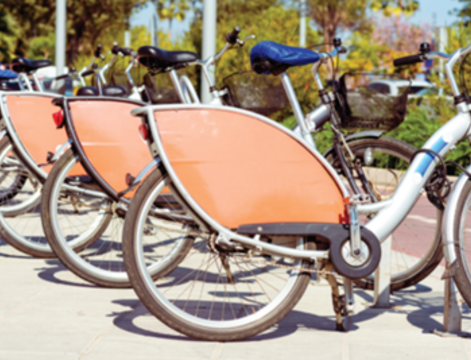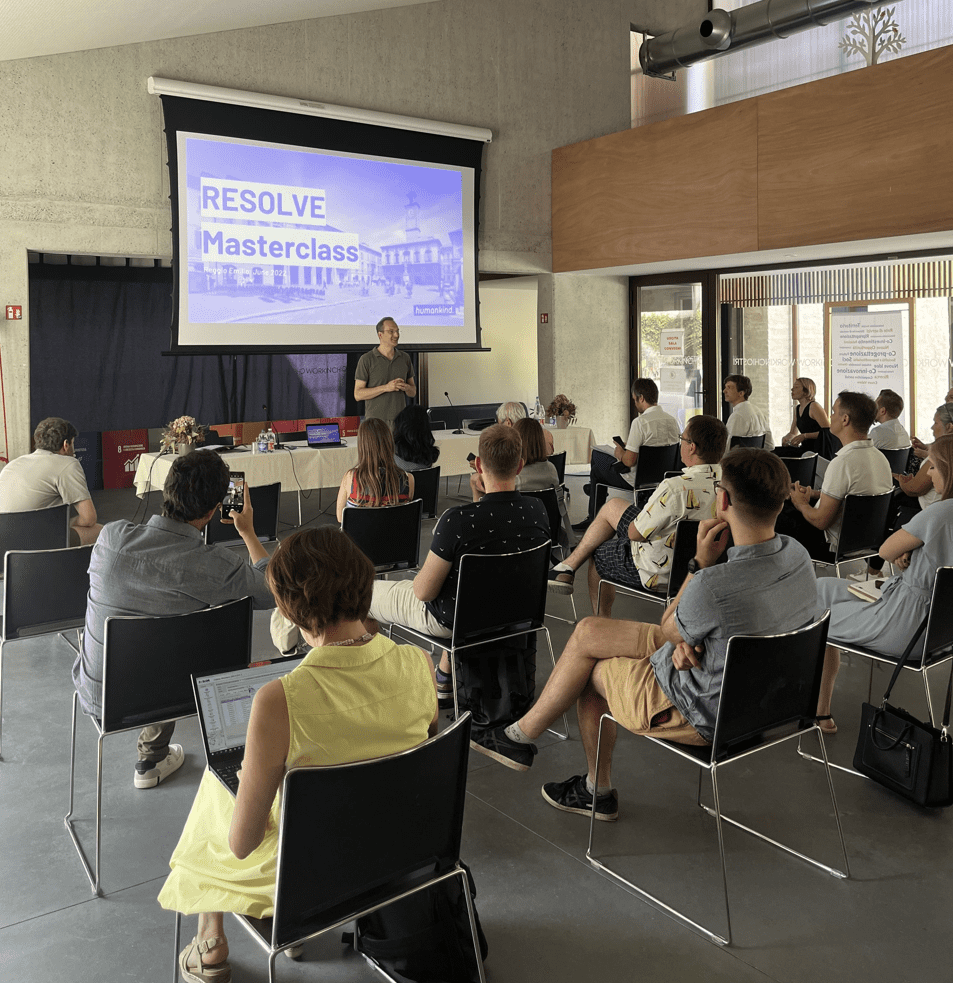From 15 to 16 March 2017, the Moravian-Silesian Region hosted the Peer Review. In this occasion, a team of five experts coming from the Netherlands, Sweden and Poland advised the two cities of Ostrava and Opava in assessing their sustainable mobility issues. Both cities are members of the local stakeholder group of the Moravian-Silesian Region, RESOLVE project partner.
During the first day, the group of experts was welcomed by the Deputy Mayor of the City of Opava, Mr. Dalibor Halatek and mobility issues and objectives of the Peer Review were presented.
Afterwards, a visit to the centre of Opava was organised for the expert team, together with representatives of the City Council, of the municipal transport company, of the Union of Towns and Municipalities, and with the participation of the author of the sustainable urban mobility plan and of the Moravian-Silesian Region cycling coordinator. The intense discussion among the experts and the local stakeholders led to the following recommendations for the city of Opava about parking policies and ways to improve the current SUMP:
- establishing and developing an overall vision of the city
- about parking policies: defining target groups and enforcing parking rules; communicating with local stakeholder group on the theme of reducing the number of cars in the city centre
- about transport sector: closing the centre for transit; raising public awareness on alternative modes of transport
- about bike mobility: cooperating with citizens to define the cycling network; defining accompanying cycling infrastructure; improving conditions for cyclists in one-way streets
- about public transport: improving the image; modernizing the equipment; varying ticketing.
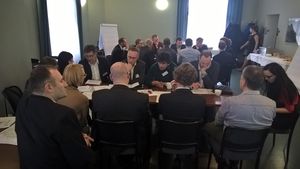
Similar issues were tackled regarding the City of Ostrava on the second day. The group of experts, together with other meeting participants, were welcomed by Member of the Board of the City of Ostrava, Mr. Lukáš Semerák. In the introductory session, some basic information about the City of Ostrava administrative arrangements were provided and the questions to be discussed during the review were outlined. Participants go familiar with key objectives of the strategic development plan regarding the revitalization of the historic downtown. A visit to the centre of Ostrava was then organised and was followed by a fruitful discussion among the experts and the members of local stakeholder group that worked in groups on 2 topics: parking policy and improvement of the current SUMP.
In this occasion too, the discussion resulted in some recommendations for the city of Ostrava:
- about parking policy: envisaging common parking policy for all districts of the city; clear price strategy; enforcing parking rules is a key matter; collecting basic information/data about parking
- about parking policy P&R/P&G: defining target groups; basic criteria for successful P&R; public transport connection; making P&R policy coherent with downtown parking policy; parking downtown (in P&G) should be more expensive than parking at the edge of the city (P&R); thinking carefully about investing in dynamic information signs;
- about the SUMP: clearly defining goals and then decide about specific measures; defining clear rules of management, communication, marketing and responsibility; regularly revise the SUMP.
